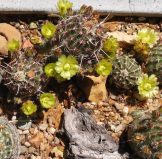At Harlequin’s Gardens, we love beauty, fragrance and color, and believe that we can provide a substantial palette of colorful and fragrant annuals for your gardens and containers that will fulfill many of your goals. One of the criteria for our selection of Annuals is that they are all or almost all Open-Pollinated (OP), so that you can save seeds or allow the plants to self-sow (more about this below). Therefore, you won’t find high-priced clonal, patented hybrid Callibrachoa or Angelonia on our tables. Beyond beauty, color and fragrance, some of the other qualities we look for are:
- Pollinator support
- Beneficial Insect Support
- Edibility
- Utility
- Heat tolerance
- Frost tolerance
- Drought tolerance
- Companion Planting benefits
- Self-sowing capability
- History
Why we sell starter-plants of Self-Sowing Annuals and Biennials:
Many gardeners have trouble starting colonies by sowing seeds directly in the ground. When you plant starts, you may be more likely to succeed in starting colonies of largely self-sustaining wild (or close to wild) flowers that can endure for many years in your garden without further input. Using a thick layer of organic mulch, such as bark mulch, shredded redwood or shredded cedar, can prevent the seeds from reaching the ground and sometimes prevent light from penetrating thus inhibiting germination.
We recommend a finer material such as our ‘Fine Wood Mulch’ or ‘Soil Pep’. This is especially good in a fertile and irrigated garden space where Calendula, Scarlet Sage, Honeywort, Cleome, Cosmos, Nasturtium and more will thrive and colonize by self-sowing.
Fine-textured gravels, such as Squeegee or Pea gravel make excellent mulches where you want to allow self-sowing dryland flowers to colonize. Some of these beauties are Desert Bluebells (Phacelia campanularia), Bachelor’s Button (Centaurea cyanus), Larkspur (Consolida sp.), Persian and Peony-flowered Poppies (Papaver somniferum and paeoniflorum), California Poppies (Eschscholtzia californica), Borage (Borago officinalis), and Four O’Clocks (Mirabilis jalapa).
These are a few of our favorite flowering annuals. Stop by to see our full selection.

 We know that not all of customers live in a house with a yard. Many of you live in apartments or condominiums or townhomes and have only a balcony or a very small patio on which to grow anything outdoors. We would love to help you make the most of your outdoor space, even if it’s tiny.
We know that not all of customers live in a house with a yard. Many of you live in apartments or condominiums or townhomes and have only a balcony or a very small patio on which to grow anything outdoors. We would love to help you make the most of your outdoor space, even if it’s tiny.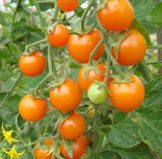
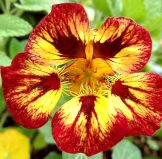
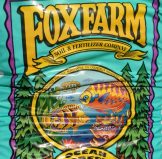
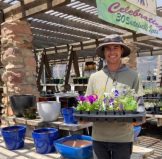 TERRACOTTA (unglazed, low-fire clay)
TERRACOTTA (unglazed, low-fire clay)